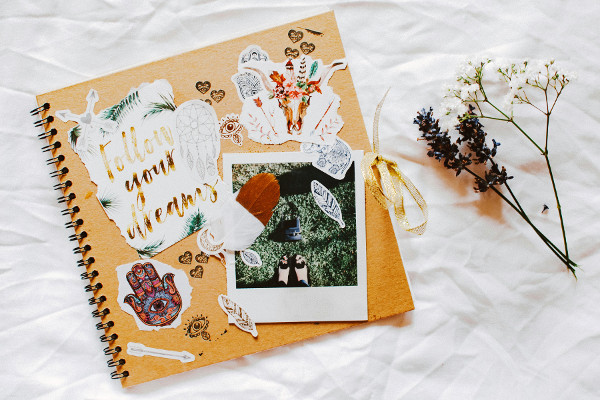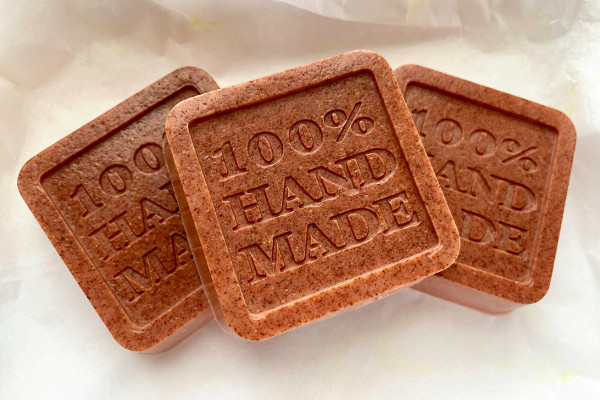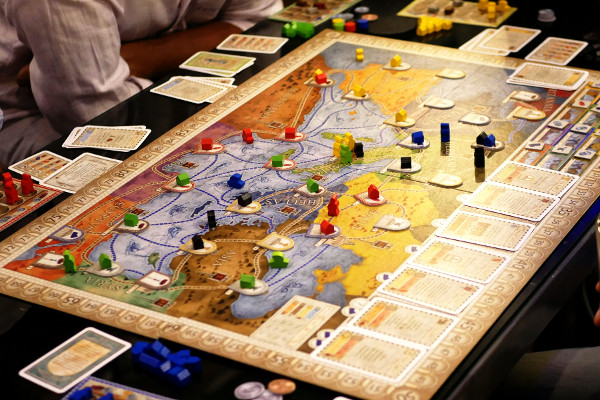The Ultimate Guide to Coloring: Books, Pages, Tools & Tips for All Ages
Coloring isn’t just a childhood pastime anymore – it’s a creative escape for people of all ages. Whether you’re flipping through a physical coloring book or exploring digital pages on a tablet, coloring offers a fun way to relax, express yourself, and even ease stress. From simple designs to intricate mandalas, there’s a world of options waiting for you. This guide dives into the what, why, and how of coloring, covering everything you need to know to get started or level up your coloring game.
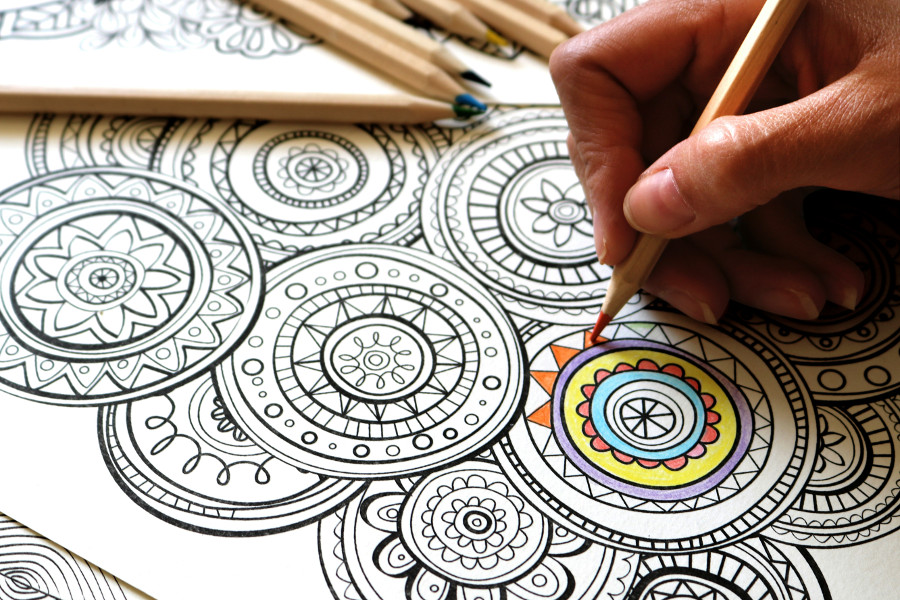
What are coloring books and coloring pages?
Coloring books and coloring pages are basically simple outlines or drawings waiting for you to bring them to life with colors. They come in all sorts of themes – from animals and nature to cool characters and funky patterns. Usually, coloring books are a bunch of these pages bound together, while coloring pages on their own might be single sheets or digital files. People use them for fun, to learn, or just to chill out. Kids love them because they help build fine motor skills and spark creativity. Adults? Well, they often use coloring as a way to relax and unwind. Nowadays, whether you want a physical book or a digital one, there’s something out there for everyone – no matter your age or skill level.
Are coloring books and coloring pages only for children?
Not at all! Coloring isn’t just kid stuff anymore. Sure, we all grew up thinking coloring books were for children, but these days, adults are jumping on the bandwagon too. It’s become a popular way to slow down and relax, almost like a form of mindfulness. Adult coloring books usually have more detailed, intricate designs like mandalas or fancy floral patterns that really make you focus. Many adults find that coloring helps clear their mind, reduce stress, and even boost creativity. That’s why you’ll find more and more adult coloring books popping up in stores and online. So whether you’re coloring for fun, therapy, or just because, it’s an activity anyone can enjoy.
What are adult coloring books?
Adult coloring books are like the grown-up version of those childhood coloring books, but with a twist. They feature more complex, detailed drawings – think mandalas, nature scenes, abstract art, or even themes like architecture and mythology. They’re designed to help you relax and find calm, kind of like a mini meditation session on paper. The quality of the paper is usually better too, so you can use markers, colored pencils, or gel pens without worrying about bleed-through. These books come in physical copies and digital versions, and many adults use them not just for self-care but also as a way to connect socially – coloring groups, anyone?
How do coloring books help with stress relief?
Coloring can be surprisingly soothing. When you’re focused on coloring inside the lines and choosing colors, your brain starts to tune out the noise and stress around you. It’s like a mini meditation that slows your heart rate and calms your mind. The repetitive motion and simple focus help push negative thoughts away, giving you a break from anxiety. Plus, there’s something satisfying about seeing a blank page turn into a colorful picture – it gives you a small sense of control and achievement. On top of that, being creative boosts your mood thanks to dopamine, the “feel-good” brain chemical. The best part? You don’t need to be an artist to enjoy it. That’s why therapists sometimes recommend coloring as a way to manage stress.
What are the benefits of coloring for adults?
For adults, coloring is more than just a fun pastime – it’s good for the mind and body. It helps reduce stress, improve focus, and get those creative juices flowing. Coloring forces you to be in the moment, which can ease anxiety and even lift mild depression. Plus, it sharpens fine motor skills and hand-eye coordination, especially with detailed designs. Some people even use it as a form of self-expression or artistic exploration. And here’s a bonus: it’s a screen-free activity, giving your eyes and brain a rest from the constant buzz of digital life. Whether you color for fun or as a way to heal, it’s a simple tool that packs a big punch for wellbeing.
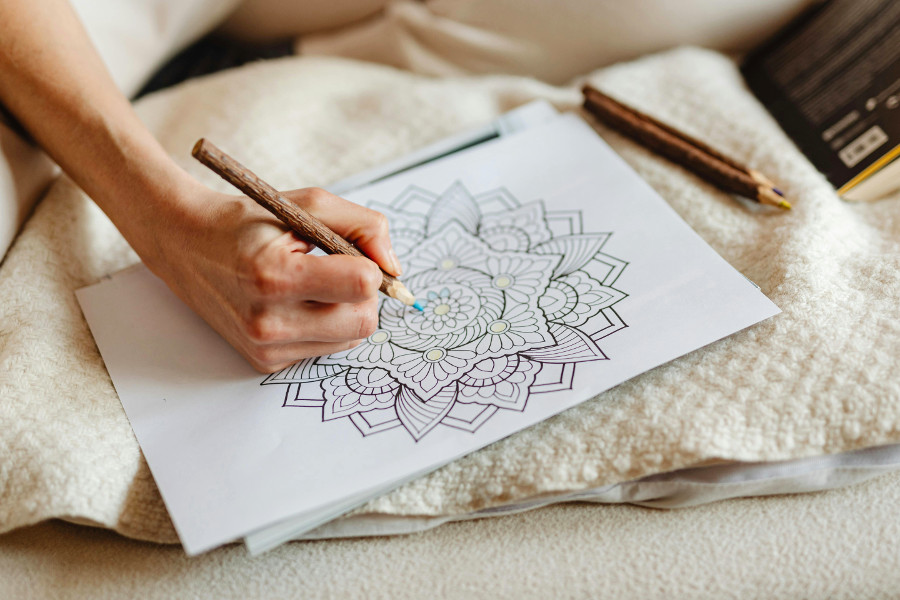
What materials and tools do I need to color in a coloring book?
To get started, you really just need some coloring tools – colored pencils, crayons, markers, or gel pens. Each has its perks: pencils are great for blending and precision, markers bring bright, bold colors but might bleed through thinner paper, and gel pens are perfect for adding little details and highlights. You might also want extras like sharpeners, erasers, or blending tools if you’re feeling fancy. And if you’re coloring digitally, a tablet and stylus with the right app are your best friends. Picking the right tools can make the whole experience more enjoyable and help your final masterpiece look even better.
What is the best paper for printing coloring pages?
Choosing the right paper depends on what you plan to use to color. For colored pencils and crayons, regular cardstock or bright white printer paper – something around 80-100 lb (120-150 gsm) – works nicely. If you’re into markers, go for thicker, smoother paper like 110 lb (around 200 gsm) marker paper to stop those pesky bleed-throughs and warping. For watercolor pencils or light washes, watercolor paper that’s at least 140 lb (300 gsm) is the way to go. Avoid glossy paper – it doesn’t soak up colors well. Before you dive in, it’s always smart to test your tools on a sample page to see how they work together.
Are there digital coloring books available?
Absolutely! Digital coloring books have really taken off. You can find them as downloadable PDFs or apps that let you color right on your device. Apps like Procreate, Pigment, and Colorfy offer tons of pages, coloring tools, and fun effects. Using a tablet and stylus, you get all the relaxation and creativity of traditional coloring, plus cool extras like undo, zoom, and layers. Digital coloring means no mess, no need for physical supplies, and it’s super portable and eco-friendly. It’s a perfect option if you want to color anytime, anywhere, without the hassle.
Can I create my own coloring book or coloring pages?
Absolutely, creating your own coloring book or pages can be a wonderfully fulfilling project. Whether you enjoy drawing by hand with ink or prefer the digital route using programs like Adobe Illustrator, Procreate, or Canva, it’s all about crafting clear, bold lines and keeping a consistent theme so that the pages are a joy to color. After you finish, you can print the pages for yourself or bind them into a book. Many artists have turned this into a rewarding hobby or even a source of income by publishing on sites like Amazon KDP or Etsy. It’s a chance to express your creativity fully and perhaps share your unique designs with others or give a personal gift.
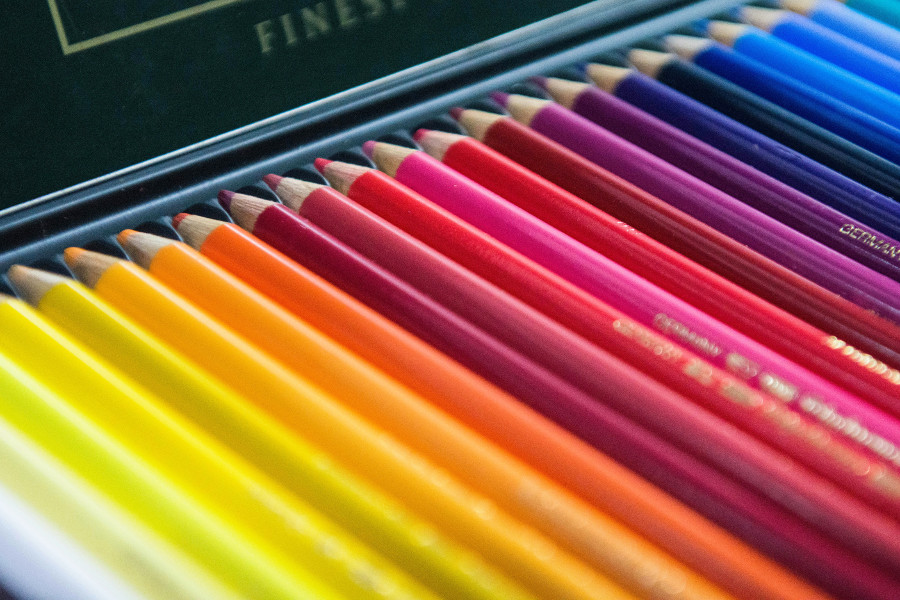
What are mandala coloring pages?
Mandala coloring pages revolve around beautiful circular designs filled with symmetrical, intricate patterns. The term “mandala” originates from Sanskrit, meaning “circle,” and these designs carry deep spiritual and meditative roots, especially in Hindu and Buddhist cultures. Coloring mandalas invites a focused calmness, helping the mind to settle and anxieties to ease. The repetitive, balanced shapes encourage mindfulness and concentration, making mandalas a favorite in adult coloring books. From simple forms to highly detailed works, mandalas can be colored with pencils, markers, or any medium you prefer, offering a soothing, creative outlet.
How do I store finished coloring pages?
Keeping your finished coloring pages safe and organized is key to preserving your creative efforts. Many people use plastic sheet protectors inside binders, which makes flipping through your work easy and protects the pages from damage. For larger or delicate pieces, art portfolios or expandable file folders are great choices. If you love displaying your art, framing select pages or rotating a gallery wall at home adds a personal touch. Digital artists might scan or photograph their work and save it neatly in folders or cloud storage. You could also keep a scrapbook or art journal – a charming way to watch your creativity evolve over time.
Where can I find free coloring pages?
Free coloring pages are surprisingly easy to find if you know where to look. Websites like Crayola, Scholastic, and Super Coloring offer a treasure trove of designs suited for all ages. Pinterest is also packed with downloadable options, and many artists share free samples on their blogs or websites. Don’t overlook public domain art libraries and social media communities on Facebook or Reddit, where members regularly post printable content. Just be sure to check if the pages are free for personal use. If you want something specific, typing “free printable coloring pages [theme]” into a search engine usually does the trick.
Are there erasable coloring tools?
Yes, erasable coloring tools do exist and can be a game changer for those who like to experiment or are just starting out. Erasable colored pencils are the most popular choice – they work much like regular colored pencils but have a special formula that makes erasing easier. Brands such as Faber-Castell and Crayola offer some good options. You’ll even find erasable gel pens, though they aren’t as common and might not work well on every kind of paper. It’s important to pair these tools with suitable paper because repeated erasing can wear out thin pages. For anyone who likes to color without pressure, erasable tools offer freedom to try new things without worry.
Can I turn a regular coloring page into a digital one?
Definitely! Transforming a regular coloring page into a digital canvas is easier than you might think. Simply scan or snap a photo of your page, then upload it into a drawing app like Procreate, Photoshop, or the free program GIMP. These apps let you add layers, so you can color digitally without changing the original lines. You might want to tweak the contrast or clean up the image a bit to make the lines sharp and clear. Once set up, you can use digital brushes and colors to bring your artwork to life. It’s a wonderful way to blend the charm of hand-drawn designs with the flexibility of digital tools.
Can I sell my colored pages?
Yes, you can sell your colored pages, but it’s important to be mindful of copyright laws. If the original coloring page isn’t your own design, you need to make sure it’s legally allowed for commercial use – many pages are for personal use only. However, if you work with pages in the public domain or have a commercial license, selling your finished pieces, especially as part of handmade products like greeting cards or framed art, is usually fine. Creating and coloring your own original designs gives you full rights to sell without concern. Always respect the rights of original artists and give credit when it’s required.
Good luck with your adventures in coloring.

